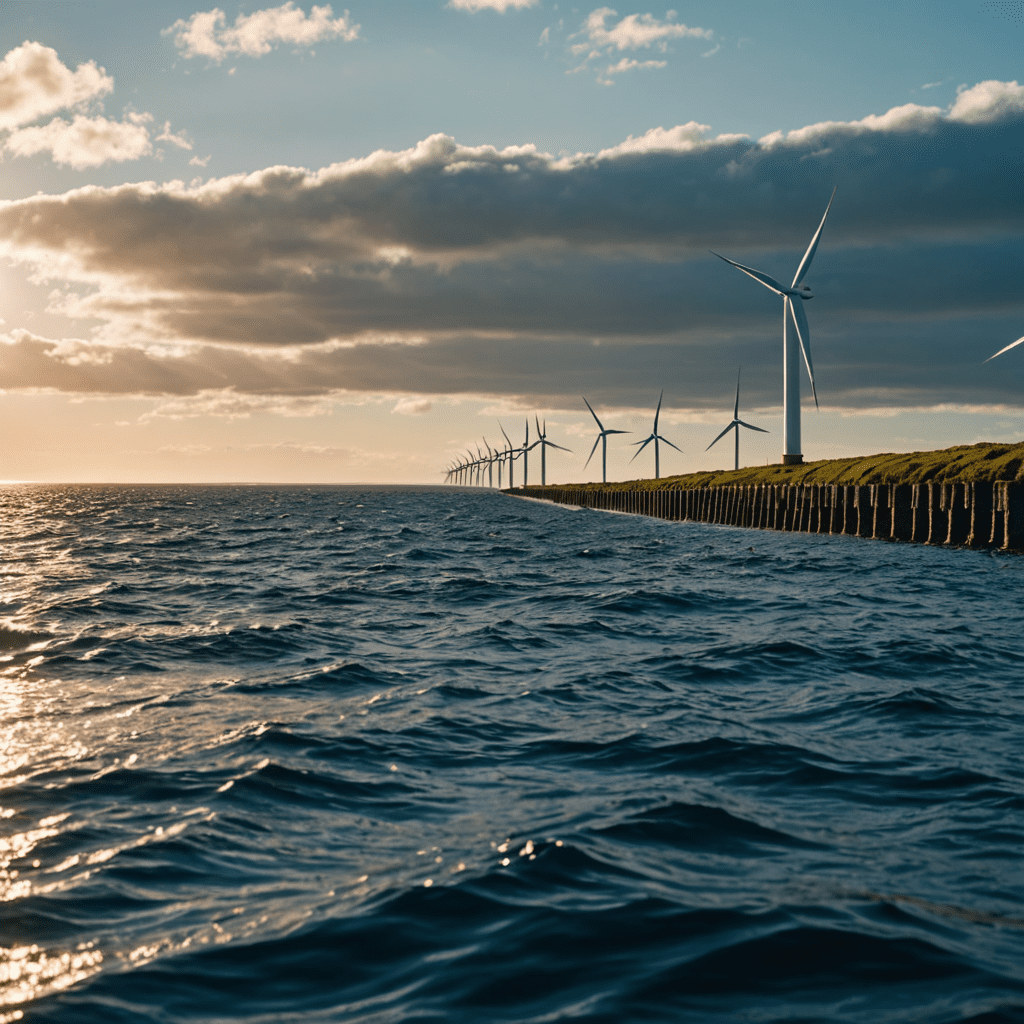
Tidal Energy: A Promising Renewable Source
The Power of Tides
Tidal energy, harnessed from the natural ebb and flow of the ocean’s tides, is emerging as a promising renewable energy source. The predictable nature of tides makes it a reliable and constant source of power generation.
How Tidal Energy Works
Tidal energy is captured using various technologies like tidal stream generators, barrages, and tidal lagoons. These devices utilize the kinetic energy of moving water to generate electricity, similar to how wind turbines harness the power of wind.
Environmental Benefits
One of the key advantages of tidal energy is its minimal environmental impact. It produces clean electricity without greenhouse gas emissions, making it a sustainable alternative to fossil fuels. Tidal energy also has the potential to reduce dependence on non-renewable resources.
Challenges and Solutions
While tidal energy holds great promise, challenges such as high initial costs, limited locations for installations, and potential impacts on marine life need to be addressed. Ongoing research and technological advancements aim to overcome these obstacles and make tidal energy more accessible and efficient.
Global Impact
Countries around the world are exploring the potential of tidal energy to meet their renewable energy targets and reduce carbon emissions. Projects in regions with strong tidal currents, like the UK, France, and South Korea, are leading the way in harnessing the power of tides for electricity generation.
The Future of Tidal Energy
As technology continues to improve and costs decrease, tidal energy is poised to play a significant role in the global energy mix. Its predictability and reliability make it a valuable asset in the transition to a more sustainable energy future.
Conclusion
Tidal energy represents a promising renewable energy source with the potential to reduce carbon emissions, enhance energy security, and contribute to the fight against climate change. With ongoing innovation and investment, tidal energy could become a major player in the renewable energy landscape, offering a clean and sustainable power solution for years to come.
FAQ About Tidal Energy
What is tidal energy?
Tidal energy is a form of renewable energy that harnesses the power of tides to generate electricity. It involves capturing the energy from the natural rise and fall of coastal waters caused by the gravitational pull of the moon and the sun.
How is tidal energy converted into electricity?
Tidal energy is converted into electricity using tidal turbines or barrages. Tidal turbines work similarly to wind turbines but are driven by underwater currents. Tidal barrages are dams built across estuaries, with turbines that generate electricity as the tide flows in and out.
What are the advantages of tidal energy?
Tidal energy is renewable, predictable, and eco-friendly. It produces minimal greenhouse gas emissions and has a low visual impact. Tidal energy also has high energy density, making it a reliable and consistent source of power.
Are there any challenges associated with tidal energy?
Challenges include high initial costs of installation, potential impacts on marine ecosystems, and limited availability of suitable locations for tidal energy projects. However, ongoing research and technological advancements aim to address these challenges.


